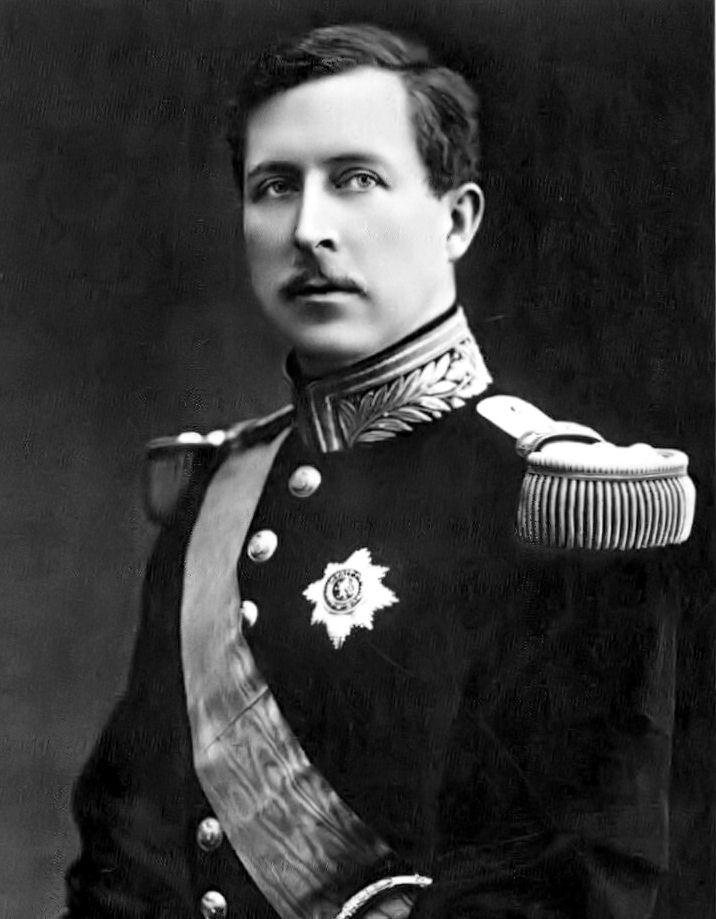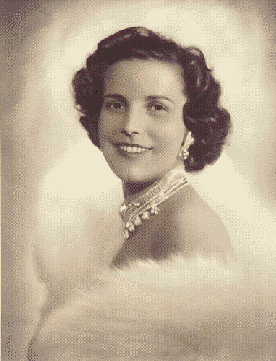by Scott Mehl © Unofficial Royalty 2015

Queen Elisabeth of Belgium – photo: Wikipedia
Queen Elisabeth of Belgium was the wife of Albert I, King of the Belgians. She was born Elisabeth Gabriele Valérie Marie, Duchess in Bavaria, on July 25, 1876, at Possenhofen Castle in the Kingdom of Bavaria, now in Bavaria, Germany. Elisabeth was the third of six children of Karl-Theodor, Duke in Bavaria (a grandson of King Maximilian I Joseph of Bavaria), and his second wife, Infanta Maria Josepha of Portugal (a daughter of King Miguel I of Portugal). She was named after her father’s sister, Empress Elisabeth “Sisi” of Austria.
Elisabeth had four siblings:
- Duchess Sophie Adelheid in Bavaria (1875 – 1957), married Hans Viet, Count of Törring-Jettenbach, had children
- Duchess Marie Gabrielle in Bavaria (1878 – 1912), married Rupprecht, Crown Prince of Bavaria, had children
- Duke Ludwig Wilhelm in Bavaria (1884 – 1968), married Princess Eleonore Anna Lucie of Sayn-Wittgenstein-Berleburg, no children
- Duke Franz Joseph in Bavaria (1888 – 1912), unmarried, died from polio
Elisabeth was raised and educated at home. From a very early age, she developed a passion for the arts. Through her parents’ efforts, she gained an understanding and appreciation for helping those less fortunate. These interests would later make her a very beloved Queen in Belgium.

Engagement photo of Elisabeth and Albert. photo: Wikipedia
While in Paris in May 1897, attending the funeral of her aunt, The Duchess of Alençon, Elisabeth met her future husband, the future Albert I, King of the Belgians. The two quickly became involved, and several months later they became engaged. They married in Munich, Kingdom of Bavaria, now in the German state of Bavaria, on October 2, 1900, and following a honeymoon in Italy, settled in Brussels, Belgium. They had three children:
- Leopold III, King of the Belgians (1901-1983), married (1) Princess Astrid of Sweden, had three children (2) Lilian Baels, had three children
- Prince Charles, Count of Flanders, Prince Regent (1903-1983), unmarried
- Princess Marie-José, Queen of Italy (1906-2001), married King Umberto II of Italy, had four children
In December 1909, Albert and Elisabeth became King and Queen of the Belgians, following the death of Albert’s uncle King Leopold II. The new Queen took on a much more public role than her predecessors, getting involved with many charities and organizations, particularly those in the arts and social welfare. She often surrounded herself with famous authors and artists, as well as leading scientists of the day. Her friendly nature, and true care and concern for others, quickly endeared her to the people of Belgium.
When war broke out in 1914, Queen Elisabeth worked with the nurses on the front and helped establish the Symphony Orchestra of the field army. She also often traveled to the United Kingdom, under the pretext of visiting her children who were studying there. In fact, she was often bringing important messages and information to the British government from her husband and his forces. Following the war, the family made a triumphant return to Brussels and set about to rebuild the nation.
Queen Elisabeth (seated) visits the tomb of Tutankhamun with her son the Duke of Brabant, later King Leopold III (center, black suit, holding camera), Lord Carnarvon (fifth from right) who funded the excavation, and members of the British and Egyptian administration in Thebes, Egypt, February 18, 1923
In addition to her work helping those less fortunate, Queen Elisabeth also indulged in many of her other interests. She became an avid photographer and continued a life-long interest in ancient Egypt. This interest led her to be the first invited guest to see the newly opened tomb of King Tutankhamun on February 18, 1923, and her subsequent establishment of the Queen Elisabeth Egyptological Foundation. In addition, she established the Queen Elisabeth Medical Foundation in Belgium, and the Queen Elisabeth Medical Assistance Fund in the Congo, to help those who could not afford medical care. In 1928, she was responsible for establishing the Palace for Fine Arts in Brussels.
On February 17, 1934, her husband King Albert I was killed in a mountain climbing accident and was succeeded by their elder son King Leopold III. Elisabeth withdrew from public life, so as not to hinder the efforts of her daughter-in-law, now Queen Astrid. However, in August 1935, Astrid was killed in an automobile accident in Switzerland. The Dowager Queen Elisabeth returned to public life, doing her best to support her son and his young family, and resuming her position as the first lady of the land. She continued with her patronage of the arts, establishing the National Orchestra of Belgium, the Queen Elisabeth Music Competition, the new Royal Library of Belgium, and the Queen Elisabeth Music Chapel.
During World War II, she remained at the Palace of Laeken in Brussels, Belgium with her son, who was held there under house arrest by the Germans. During this time, she used her influence and her connections to help rescue hundreds of Jewish children from deportation by the Nazi regime. For this, she would later be granted the title Righteous Among the Nations by the Israeli government. When Leopold and his family were deported to Germany in 1944, Elisabeth remained in Belgium, doing her best to publicly support her younger son, Charles, who was serving as Regent, and with whom she had a very strained relationship. Upon Leopold’s return in 1950, and subsequent abdication in 1951, Elisabeth moved from the Palace of Laeken, taking up residence at Stuyvenberg Castle, just across the park. Here she would entertain some of the most prominent names of the time – Albert Einstein, Albert Schweitzer, Pablo Casals, Jean Cocteau, among many others.
The remainder of her life was spent enjoying her grandchildren and continuing her artistic pursuits. In 1956, she celebrated her 80th birthday surrounded by her extensive royal family. She was the mother of a King, a Prince Regent, and a Queen, and grandmother to two future Kings, a future Grand Duchess, and the pretender to the Italian throne.
On November 23, 1965, at her home at Stuyvenberg Castle in Laeken, Brussels, Belgium, the Dowager Queen Elisabeth passed away at the age of 89. Her funeral was held at the Cathedral of St. Michael and St. Gudula in Brussels, Belgium, and was attended by nearly all of the Belgian royal family (her son Charles refused to attend), as well as members of royal families from around the world. She was then interred in the Royal Crypt at the Church of Our Lady of Laeken in Brussels, Belgium next to her beloved husband, King Albert I.

Tomb of King Albert I and Queen Elisabeth; Credit – Wikipedia
This article is the intellectual property of Unofficial Royalty and is NOT TO BE COPIED, EDITED, OR POSTED IN ANY FORM ON ANOTHER WEBSITE under any circumstances. It is permissible to use a link that directs to Unofficial Royalty.
Kingdom of Belgium Resources at Unofficial Royalty



















